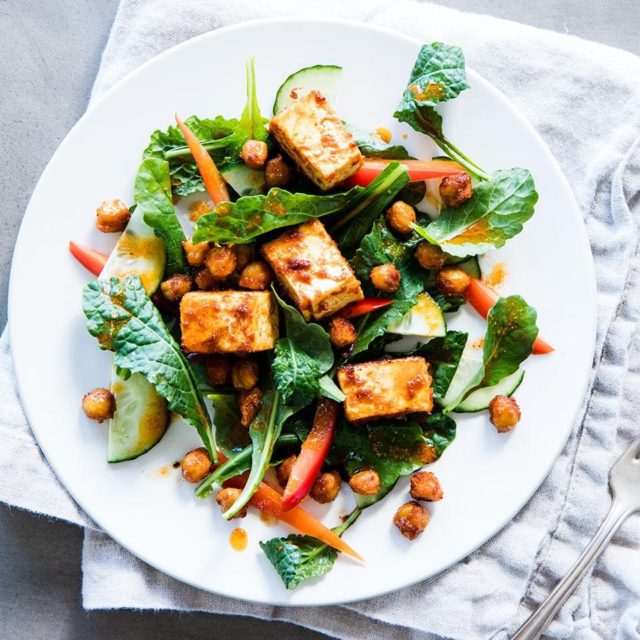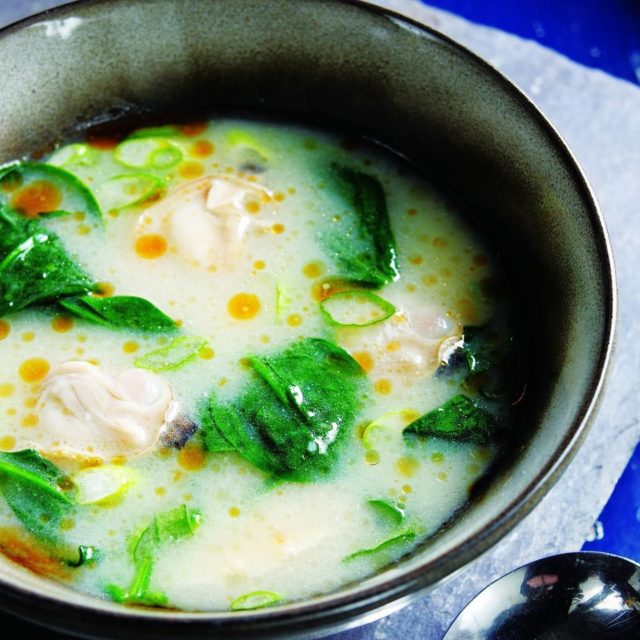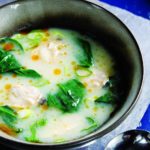7 Tips for Clean Eating
Clean Eating Made Easy

7 Tips to Make Clean Eating Easy
If you’ve heard of clean eating, but you aren’t exactly sure what it is, these easy tips will help you clean up your diet in no time. Don’t worry, clean eating certainly doesn’t mean your meals will lack flavor! Clean eating is simply about choosing the best options in each food group while limiting those foods that aren’t so good for you.
This means adding plenty of fruits and vegetables to your diet as well as healthy fats and proteins, and whole grains. Of course, it also means eliminating or minimizing unhealthy foods and ingredients. This includes processed foods, refined grains, additives, preservatives, pesticides, and unhealthy fats. It also means limiting sugar and sodium in addition to those ingredients you can’t pronounce, much less know what they are.
Even if you simply implement a few small changes in your diet, it can make a big difference in your health. Try cutting back on processed foods and maybe adding in a bit more fruits and vegetables. You might even want to choose a few organic items to add to your diet. These tips for clean eating will help get you started.
Clean Eating Tips
1. Focus on Produce – According to the Centers for Disease Control and Prevention, 87% of Americans aren’t eating enough vegetables each day, and 76% of Americans aren’t eating enough fruit. Simply increasing the amount of fruit and vegetables that you eat each day can have a dramatic impact on the reduction of many chronic diseases, including heart disease, type 2 diabetes, cancer, obesity, and high blood pressure. Choose organic produce whenever possible.
2. Choose Whole Grains – The cleanest whole grains are the ones that have had the least amount of processing. Choose whole grains that look much like they do when they are harvested, such as quinoa, oats, and wild rice. Some people choose to not eat any processed grains, even grains that have been minimally processed; however, other people, us included, believe that incorporating whole grain foods such as whole grain pasta and whole grain bread into your diet can be a good choice.
Of course, you’re going to have to read labels carefully and not fall prey to the slick advertising that can be misleading. The first ingredient should be a whole grain. The ingredient list should also be short, and the ingredients should all be things you recognize, with minimal or no added sugar. As an added bonus, eating more whole grains will help you lose weight easier, and keep it off.
3. Eat Less Meat – You don’t need to go completely vegan or vegetarian when you choose clean eating. Simply reducing the amount of meat you eat can help lower your blood pressure, and reduce your risk for heart disease. It can also be a significant factor in helping you maintain a healthy weight. Most Americans consume more protein than they need; besides, you can get plenty of protein from dairy products, nuts, beans, and eggs. There are also plenty of vegetarian protein sources that can be incorporated into your diet. When you’re focused on clean eating, try to minimize processed meats, such as bacon and cold cuts; instead concentrate on options that aren’t pumped full of antibiotics. It’s best if you can choose meat that ate like it would have in its natural environment, such as wild salmon, free range chicken or grass fed beef.
4. Avoid Processed Foods – Processed foods that contain long ingredient lists of unrecognizable items or that includes highly processed grains or refined sugars should be avoided. Check labels carefully and keep partially hydrogenated oils out of your diet. Some clean processed foods, such as cheese, whole-wheat pasta or yogurt are okay; however, it’s important to read ingredient lists carefully.
5. Limit Sugar – Most people consume far too much sugar. The American Heart Association recommends that women get no more than about 6 teaspoons of sugar per day, and 9 teaspoons per day for men. The average American is eating about 4 times that amount. When you are striving for clean eating, it’s important to watch your sugar intake. Limit candy and soda; but it’s not just sweet desserts where added sugar can creep into your diet. Check the ingredients in your favorite products and make sure sugar is towards the bottom of the list or not added at all.
6. Pay Attention to Sodium – Just like sugar, most people are consuming far too much sodium. The Institute of Medicine recommends that the average person consume no more than 1 teaspoon (2,300 milligrams) of sodium per day. For those with health problems or who are over 50, you might even want to consider going lower, such as 1,500 milligrams per day. Convenience foods are often loaded with sodium and can account for up to 80% of the sodium in the average American diet.
Clean eating generally means cutting back on processed or convenience type foods, which will likely significantly reduce your salt intake. When cooking, you can reduce the amount of salt you use by adding spices, herbs, or a little citrus for flavor. Clean eating recipes still use salt as it’s an important ingredient for bringing out the flavor in many foods; however, substitute your regular table salt for Kosher salt or coarse sea salt. These can be sprinkled on your food after the dish is finished cooking, and they both have less sodium than table salt.
7. Think About the Environment – Clean eating is not just better for you, it’s also better for the planet. The meat industry, modern fishing practices, and even the production of produce can all have a huge impact on the environment. A vegetarian diet requires approximately 3 times less water, and 2-1/2 times less energy to produce than a typical meat centered diet.
Fruits and vegetables that are purchased in season as well as organic produce are certainly better for the planet. Likewise, choosing sustainably-caught or farm raised seafood and fish as well as organic or grass fed meat can be more environmentally friendly options for your proteins.
Here’s a delicious clean eating recipe to get you started!
Miso Soup with Clams and Spinach


Miso Soup with Clams & Spinach
The wonderful taste of miso soup is the perfect complement for some briny clams. You can use water and miso (found at almost any supermarket) for the base of the soup, but if you can find dashi granules, you'll be able to give your broth a richer and more distinctive taste. It's definitely worth the effort!
Ingredients
- 16 - 24 clams, such as littleneck or manila
- 3 cups water
- 1/4 teaspoon instant dashi granules
- 2 tablespoons white miso
- 2 cups gently packed baby spinach leaves
- hot sesame oil, to taste
- 3 tablespoons thinly sliced scallions
Instructions
-
Wash clams thoroughly to remove any grit. Bring water and dashi granules to a boil in a large saucepan. Add the clams and return to a boil. Reduce heat to medium, cover and cook until clams open, about 4 to 6 minutes. Remove from the heat. Remove the clams from the broth with tongs or a slotted spoon; let stand until cool enough to handle. (Discard any unopened clams.)
-
Pour the broth through a fine-mesh sieve or a strainer lined with cheesecloth to strain any grit out of the broth. Rinse the pan, and return the strained broth back into the pan.
-
Remove the clam meat from the shells; discard the shells.
-
Bring the broth to a simmer. Combine miso with 3 tablespoons of the broth in a small bowl; stir to make a smooth paste. Whisk the paste into the simmering broth. Stir in spinach and cook until wilted, about 1 minute.
-
Divide the clam meat between 4 bowls. Ladle the hot broth and spinach over the clams and season with a drop or two of hot sesame oil. Garnish with scallions and serve immediately.
Recipe courtesy of EatingWell




